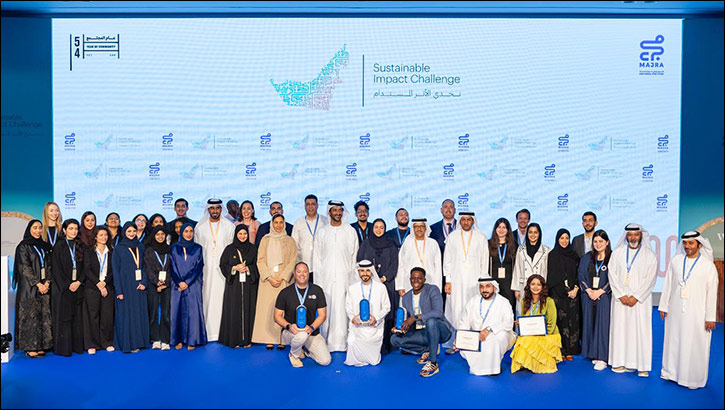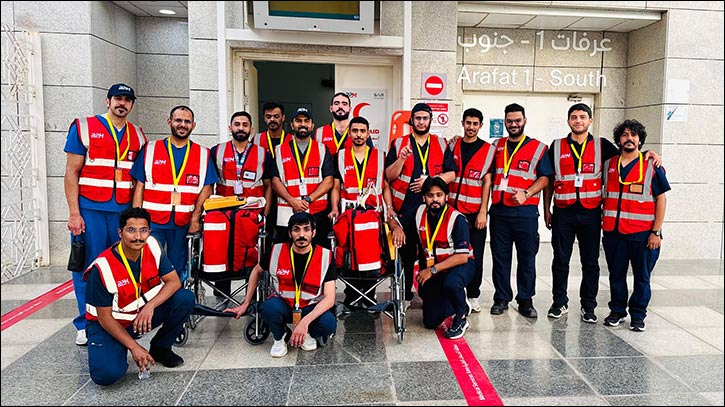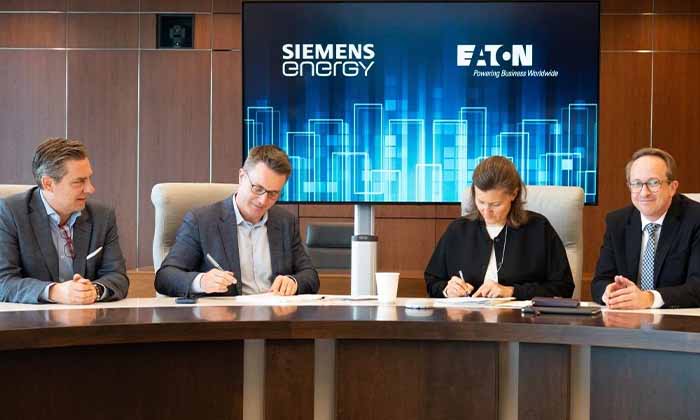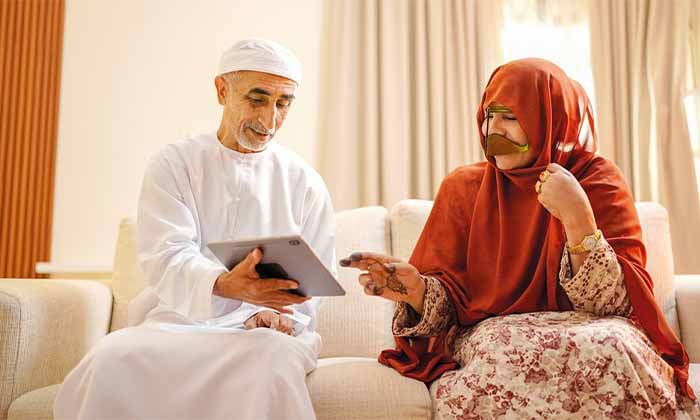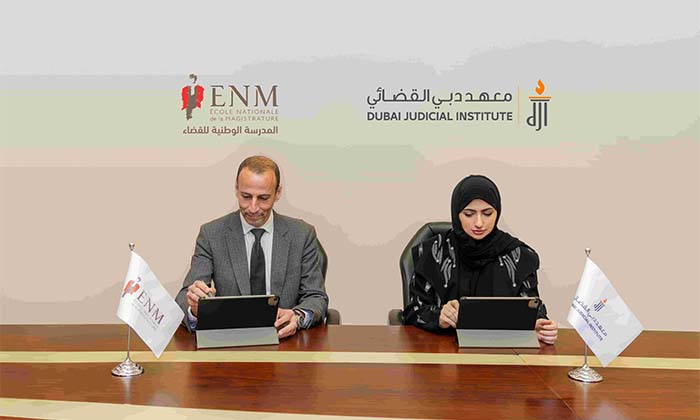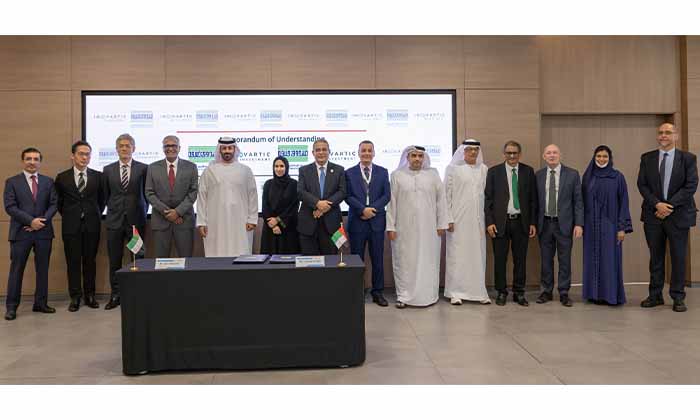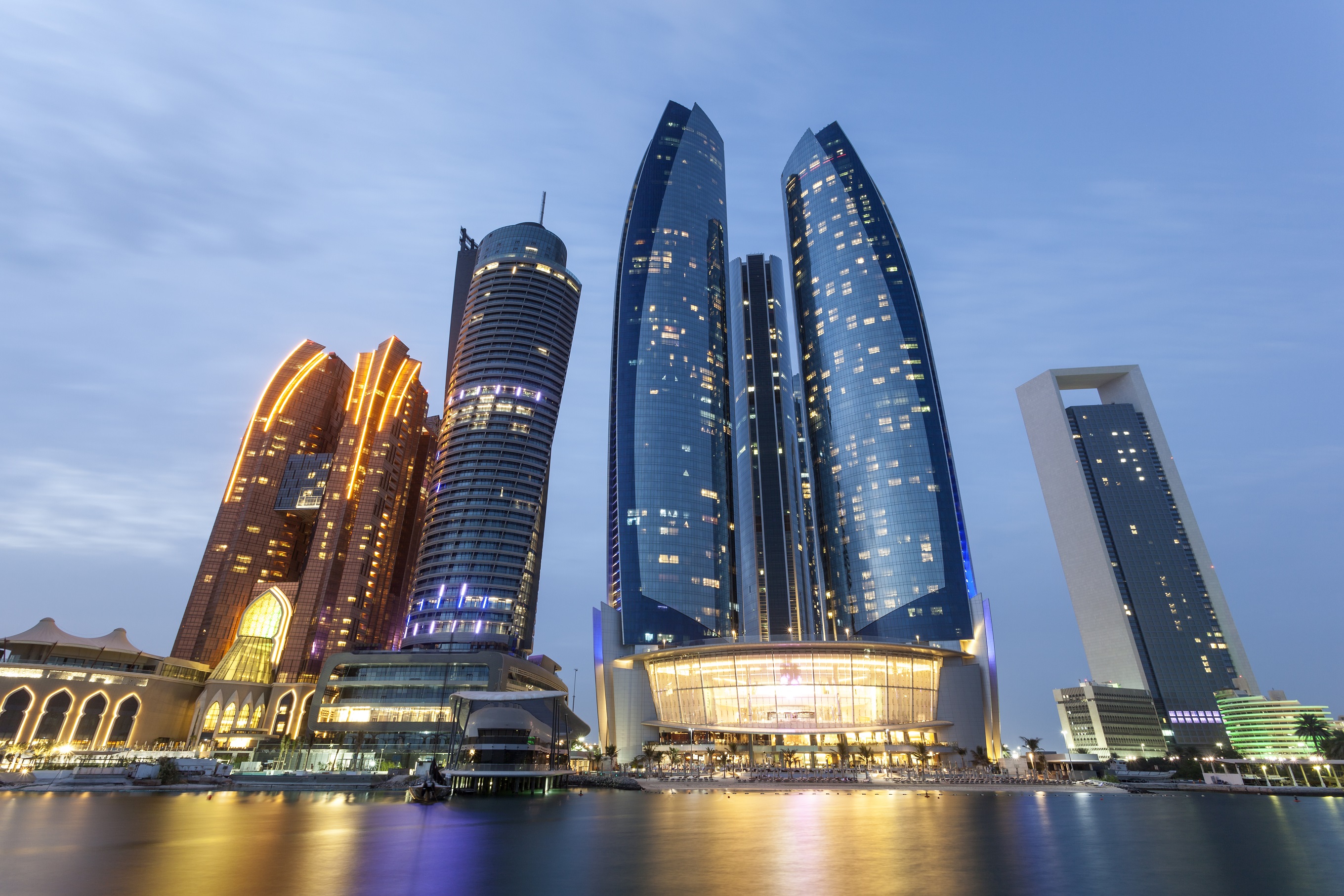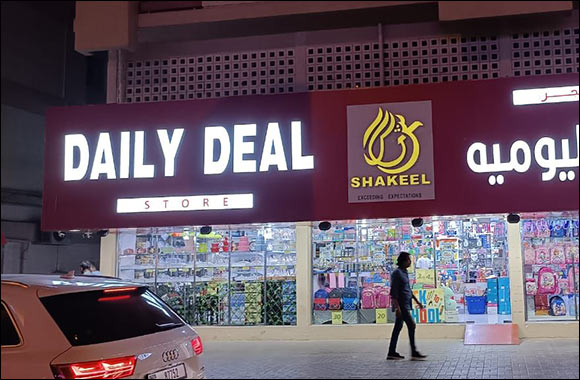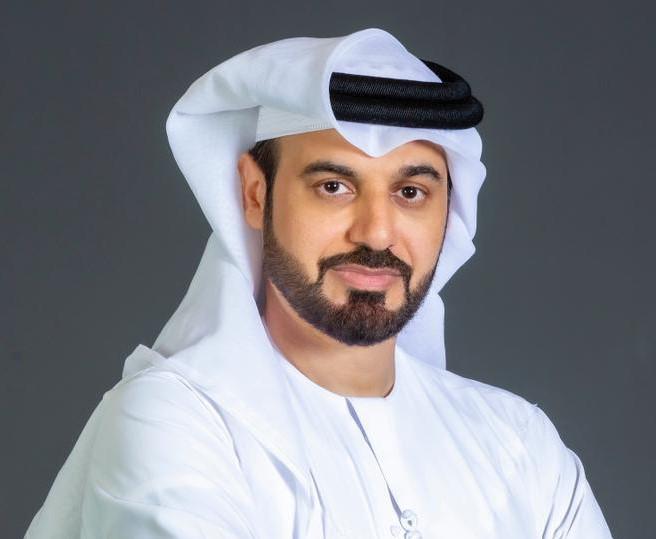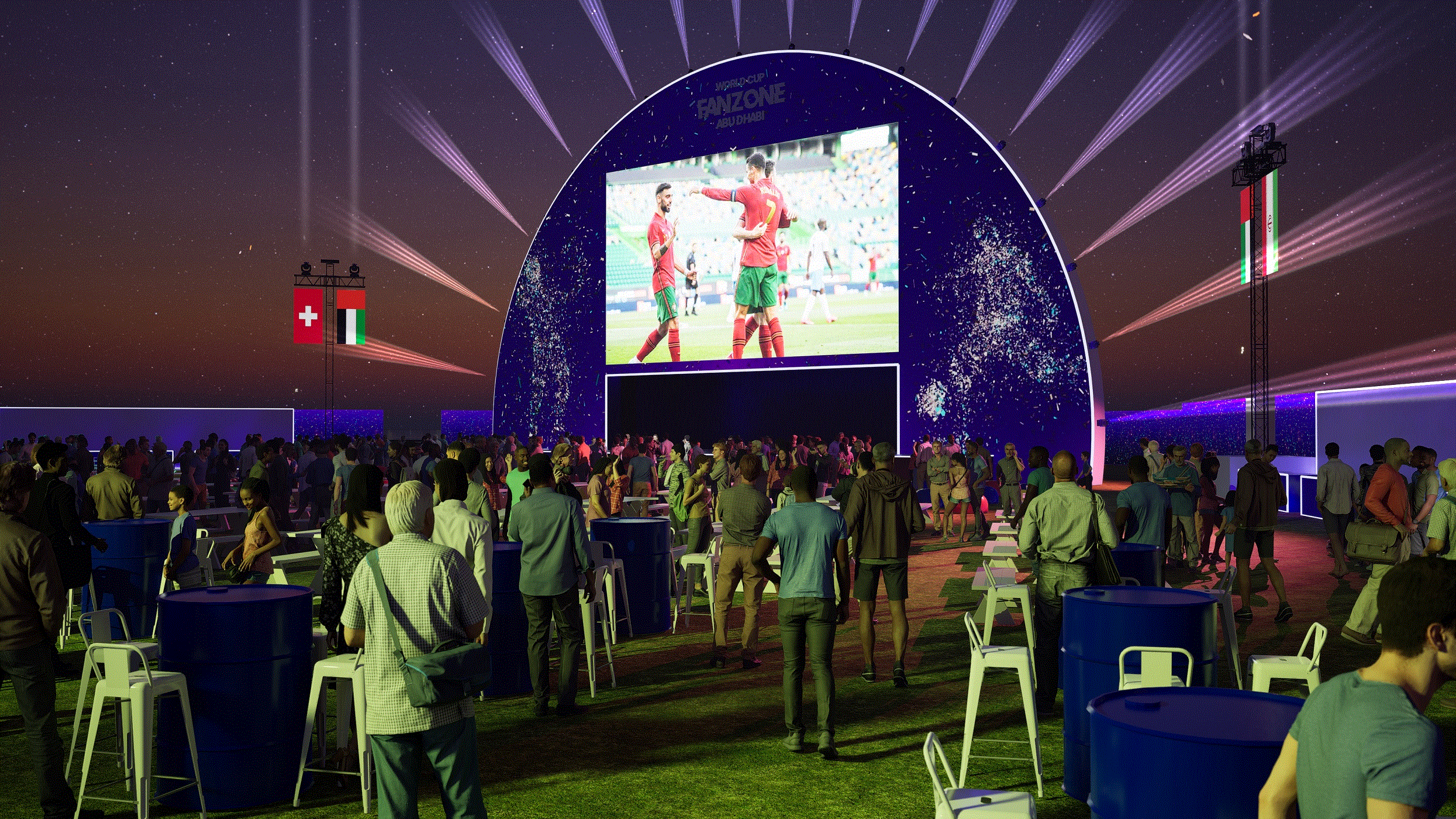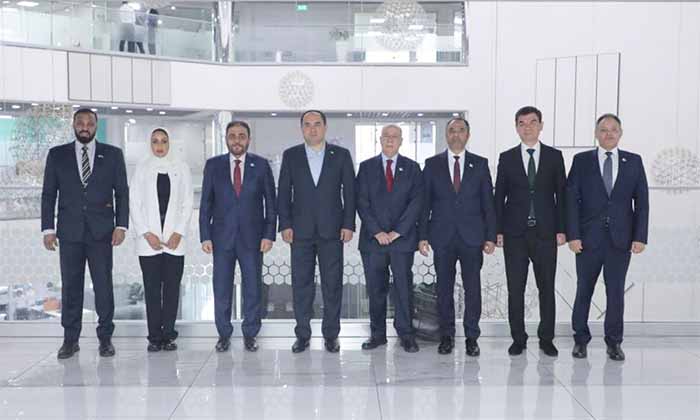Saudi Arabia accounts for 39% of the total MENA pipeline value of USD 3.9 trillion
- Within the Kingdom’s pipeline, the construction (assets) sector represents USD 950 billion (62%)
- Leisure and hospitality sectors accounted for USD 4 billion, or 23%, of the total value of projects awarded as of Q1 2024
Set for a potential 2.1% GDP growth in 2024 and 5.9% in 2025, Saudi Arabia’s progress on numerous Vision 2030 giga projects and infrastructure developments ahead of the upcoming EXPO 2030, has cemented the Kingdom’s position as a leader in construction activity regionally and globally, according to JLL’s latest KSA Construction Market Intelligence Report.
Based on insights gathered from MEED Projects, JLL’s Q1 2024 report reveals that with a USD1.5 trillion pipeline of unawarded construction projects, Saudi Arabia accounts for the lion’s share (39%) of the total MENA pipeline value of USD3.9 trillion. Within the Kingdom’s pipeline, the construction (assets) sector represents USD 950 billion (62%), while transportation, infrastructure, and other utilities account for USD 582 billion (38%).
Citing the RICS Global Construction Monitor, JLL has noted the strong expansion of the construction sector in Saudi Arabia, evident from the upward trajectory of the Construction Activity Index (CAI) in Q4 2023.The strong pipeline of high-value opportunities has led to a thriving projects market in the region with KSA’s economic diversification goals further strengthening its position as a frontrunner in the MENA.
Despite challenges such as persistent inflation, elevated interest rates, geopolitical tensions, in Q1 2024, and the potential impact of the US presidential election in Q2, JLL maintains a positive outlook for KSA. According to MEED Projects, the thriving KSA construction sector reported the highest value of awarded projects in 2023, reaching USD97 billion compared to USD60 billion in 2022. Aligning with the Kingdom’s Vision 2030 economic diversification and investment goals, this value represents only 6% of the potential pipeline, highlighting substantial opportunities within the sector.
Laura Morgan, Market Intelligence Lead MEA, JLL, said: “Economic growth, burgeoning population, and modernisation have made Saudi Arabia the most active player in the Middle East construction market, with the real estate sector leading the Kingdom’s projects market in 2023. The impressive resilience of the sector in the face of global uncertainties points to the success of the Kingdom’s economic diversification strategies. As market dynamics continuously evolve, the impact of construction costs on the sector’s robust growth cannot be ruled out, and other market constraints such as shortage of skilled labour, resource availability, and an overheating market could place undue pressures on the Kingdom’s construction activity.”
Saudi Arabia’s Riyad Bank has attributed the Kingdom’s overall growth in Q1 2024 to robust domestic demand conditions and increased business activity driven by a rise in new orders and significant improvement in the non-oil economy. The Kingdom’s ongoing drive for economic diversification touched a new milestone last year when non-oil activities accounted for 50% of the country’s GDP, surpassing the contribution of oil activities (33%). Tourism, which contributes seven percent to the non-oil GDP, showcased strong performance in 2023 with domestic and international tourists generating USD66 billion in expenditure while in construction, the leisure and hospitality sectors remained dominant, representing USD4 billion, or 23%, of the total value of projects awarded as of Q1 2024.
Riyad Bank’s Purchasing Managers’ Index, which measures the prevailing direction of economic trends in manufacturing and services, declined slightly to 57.0 in March 2024 from 57.2 in the previous month. A decline in employment levels was also evident as construction companies sought to manage costs and cash flow in Q1 2024.
The lingering shortage of skilled professionals and general labour to keep up with the pace of construction poses a significant risk in Saudi Arabia. Meanwhile, the RICS report identifies an overheating market exerting pressure on supply chains, resource availability, and project timelines, leading to more price increases. The JLL report has identified several factors influencing volatile construction costs including global economic headwinds, capacity constraints in the local market, rising shipping costs, and the escalation of interest rates.
The World Bank expects oil prices to average USD 81 per barrel in 2024 and 2025, down from USD 90 per barrel by the end of Q3 2023 and anticipates a 5% decline in base metal prices for 2024. JLL has acknowledged the significant impact of market shocks related to shipping and transportation due to the sector’s reliance on imported materials noting that the Drewry Index rose from USD1,800 per 40-foot container in March 2023 to over USD3,000 in March 2024.
Despite recent disruptions and supply challenges, JLL's analysis reveals stable material availability in Q1 2024. Although there is still significant reliance on imported materials like glazing, facade systems, and timber in the local and regional markets, the medium- to long-term outlook indicates improvements in local manufacturing capabilities, stemming from demand generated by major projects in Saudi Arabia.

